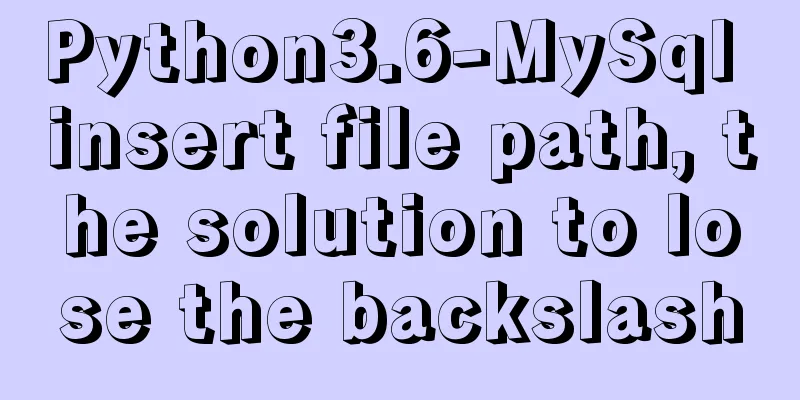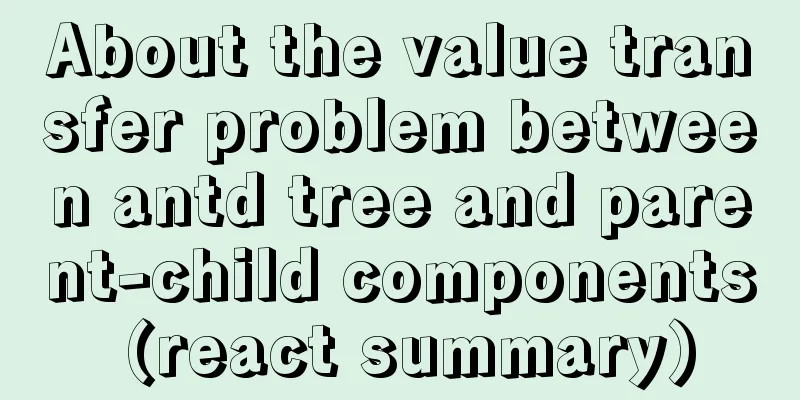Summary of Kubernetes's application areas

|
Kubernetes is the leader in the container orchestration war due to its application portability and flexibility in supporting hybrid cloud/multi-cloud deployment. Coupled with the open and scalable concept, the surrounding community is very active. Judging from existing survey results, Kubernetes has become the standard in the container orchestration field. But it is not mature yet, and there is still a lot of room for improvement. Here are some of them: 1. Cluster Federation Kubernetes is a centralized container management tool. Horizontally speaking, cluster management tools also include distributed and shared types. The difference between representative distributed container management tools such as YARN and Kubernetes is that a host machine of YARN acts as a master to manage containers. The allocation speed is very fast. Kubernetes uses clusters as units, so resource allocation is better. Shared management is used by Borg within Google and is said to be a more advanced distribution method. Kubernetes is currently the most popular container management tool. Due to bottlenecks in storage and other aspects, when the cluster scale is large, it needs to be split into multiple clusters for separate management. In order to achieve unified management of multiple clusters as if they were one cluster, the industry has come up with the concept of cluster federation. It is to make the underlying multiple clusters work like one cluster externally. This technology is not yet very mature, and there is great potential for development in this area. 2. Scheduler The scheduler module of Kubernetes is not very well developed, so students who are willing to submit patches to Kubernetes should start with this part. The patches they submit are likely to be adopted and they can become one of the contributors. In actual use by large companies. Often, reinventing the wheel will rewrite this part. 3.etcd Kubernetes uses etcd for storage, which directly causes the capacity bottleneck of Kubernetes. So many companies have made optimizations in this regard. Alibaba added a layer of Tair cache on top of etcd. JD replaced etcd with mysql. 4. DNS Kubernetes' DNS is rarely used by large companies. Because large companies generally have their own service registration and discovery mechanisms and naming conventions. 5. VPA Kubernetes' pod-level automatic expansion is divided into two levels: horizontal expansion of HPA and vertical expansion of VPA to expand the amount of resources available to the container. It is easy to scale out the HPA capacity horizontally. Just shrink the container and then expand it with a larger configuration. Vertically scaling a VPA is also called in-place upgrading, which is troublesome. Because the k8s container itself is a docker process. VPA is an upgrade that does not require a process restart. 6. Plugins Kubernetes does not have many core functions. Many functions are provided in the form of plug-ins, and users can implement interfaces to make their own plug-ins. 7. Container Orchestration After all of the above are mature, Kubernetes still has the biggest problem. It was born to solve the problem of resource utilization. Therefore, it is necessary to further improve resource utilization through algorithms and AI levels. Therefore, learning the Go language and algorithms are essential skills for Kubernetes-related developers. You may also be interested in:
|
<<: Test and solution for MySQL's large memory usage and high CPU usage
>>: Share 8 MySQL pitfalls that you have to mention
Recommend
Solution to the Docker container cannot be stopped and deleted
Find the running container id docker ps Find the ...
How to clear the cache after using keep-alive in vue
What is keepalive? In normal development, some co...
Detailed explanation of Nginx passively checking the server's survival status
introduce Monitors the health of HTTP servers in ...
Ubuntu regularly executes Python script example code
Original link: https://vien.tech/article/157 Pref...
Two ways to implement square div using CSS
Goal: Create a square whose side length is equal ...
WeChat applet implements simple calculator function
This article shares the specific code for the WeC...
Web Design Tutorial (1): Steps and Overall Layout
<br /> Note: All texts, except those indicat...
MySQL performance optimization tips
MySQL Performance Optimization MySQL is widely us...
CSS to achieve the effect of rotating flip card animation
The css animation of the rotating flip effect, th...
When the interviewer asked the difference between char and varchar in mysql
Table of contents Difference between char and var...
Detailed explanation of how to customize the style of CSS scroll bars
This article introduces the CSS scrollbar selecto...
React+ts realizes secondary linkage effect
This article shares the specific code of React+ts...
Solution to the problem of repeated triggering of functions in Vue project watch
Table of contents Problem description: Solution 1...
Detailed explanation of the implementation process of building a kernel tree in Ubuntu 12.04
First check the kernel version you are using lin@...
js Promise concurrent control method
Table of contents question background Idea & ...









